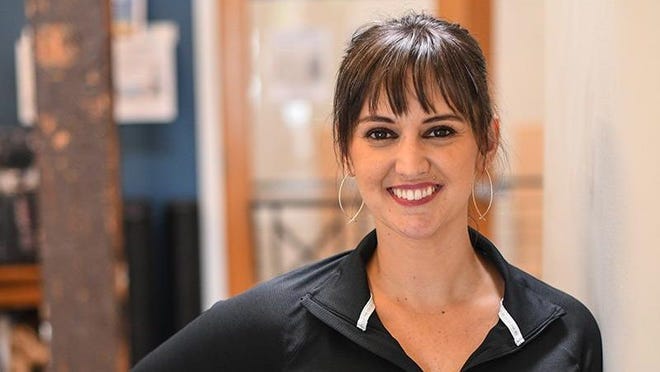I’ve been a physical therapist for just over 20 years and I’ve seen a lot of changes in my field over the course of my career. One of the biggest (and saddest) changes I’ve seen is the overcrowding of physical therapy clinics – which has ultimately impacted the quality of care you receive.
As reimbursements from insurance companies have gone down, traditional physical therapy clinics have been forced to increase their volume of patients. That means you rarely get to spend time with your therapist anymore. And your treatment sessions may consist of repetitive exercise sets that you typically can do at the gym or on your own, and that aren’t all that prescriptive or effective. If you do manage to get some one-on-one time with your therapist – whether it be for hands-on-care or actual consultation about what’s going on with you – it’s often just a quick 20 minutes. The rest of the time, your well-meaning therapist is often held hostage to a computer because of all the documentation requirements placed on them (just to get paid and keep their jobs). The end result … you spend an hour or two at the clinic each week doing “supervised” exercises that may or may not be addressing your problem.
As this model of care is becoming more and more standard, it’s impossible for the quality of your treatment not to suffer. Many folks I speak with say that traditional physical therapy is a “waste of time.” Why bother going when they can do everything on their own at home?
Worse – when traditional physical therapy does fail – what next? Most people go back to their doctors hoping for a different solution. But in most cases – after the perceived “failure” of physical therapy – the logical next step involves unwanted procedures or surgery. But what if you don’t need that? What if quality physical therapy could have fixed your problem – but you just didn’t know what that looked like?
Herein lies a major problem in the current management of musculoskeletal conditions such as back, neck, knee and ankle pain. It’s important that you understand what quality physical therapy is and isn’t – so that ultimately you can advocate for the best treatment – and not settle for anything less.
Let’s start with what quality physical therapy is not.
It’s not a bunch of general exercises and ultrasound treatments. It shouldn’t consist of you riding a bike for 10 minutes, lying on a hot pack with e-stim for 15 minutes, and then getting some generalized massage before they send you off on your way. And most certainly, quality physical therapy does not feel cookie cutter or like a waste of time.
Quality physical therapy treatment – on the other hand – is customized, specific, and obvious. When you receive quality physical therapy – it’s about so much more than making you feel good and reducing your present symptoms. While of course that’s a happy byproduct – quality physical therapy treatment should consist of a proper musculoskeletal diagnosis that explains to you exactly why you’re having symptoms. No more guessing games. And spoiler alert – your physical therapist’s diagnosis – when done properly – is often different and far more specific than your doctor’s.
From there – you should have a clear plan to eliminate and/or get your pain back to something manageable. In other words, you should feel so good that you never even would have called your doctor or PT in the first place. But here’s the most important aspect of your treatment – and what distinguishes quality physical therapy from the regular kind… it’s how things work and function when you’re not at physical therapy. In other words – do you always feel good when you leave only for the pain to come back the next day? You should leave every visit with a crystal clear path forward. It’s critical that you know how to keep your pain gone after your physical therapy is finished as well as prevent it from coming back. Generalized, non-prescriptive exercises won’t be enough to accomplish this. You need very specific and purposeful treatment – and in a nutshell – that’s what quality physical therapy looks like. And you know what – it works. When done correctly – 80% of all musculoskeletal problems can be resolved naturally and without procedures or surgery – even without pain pills for that matter.
I love my chosen field and I continue to have faith in my colleagues. Quality physical therapy does still exist – you just may have to go hunting for it. Sadly, the insurance-based model of physical therapy reimbursement has made the ability to deliver quality physical therapy harder and harder for so many clinics – so you may need to be prepared to pay out of pocket for some or all of your treatment in order to receive the quality physical therapy you deserve. It’s worth the extra cost – especially when you consider the alternative and risk of a failed procedure or surgery – which can have a much bigger “cost” at the end of the day. Trust me – I’ve seen it.
Dr. Carrie Jose, physical therapist and Pilates expert, owns CJ Physical Therapy & Pilates in Portsmouth. To get in touch, or get a copy of one of her free guides to back, neck, knee pain or vertigo – visit her website www.cjphysicaltherapy.com or call 603-605-0402.
Source link
















